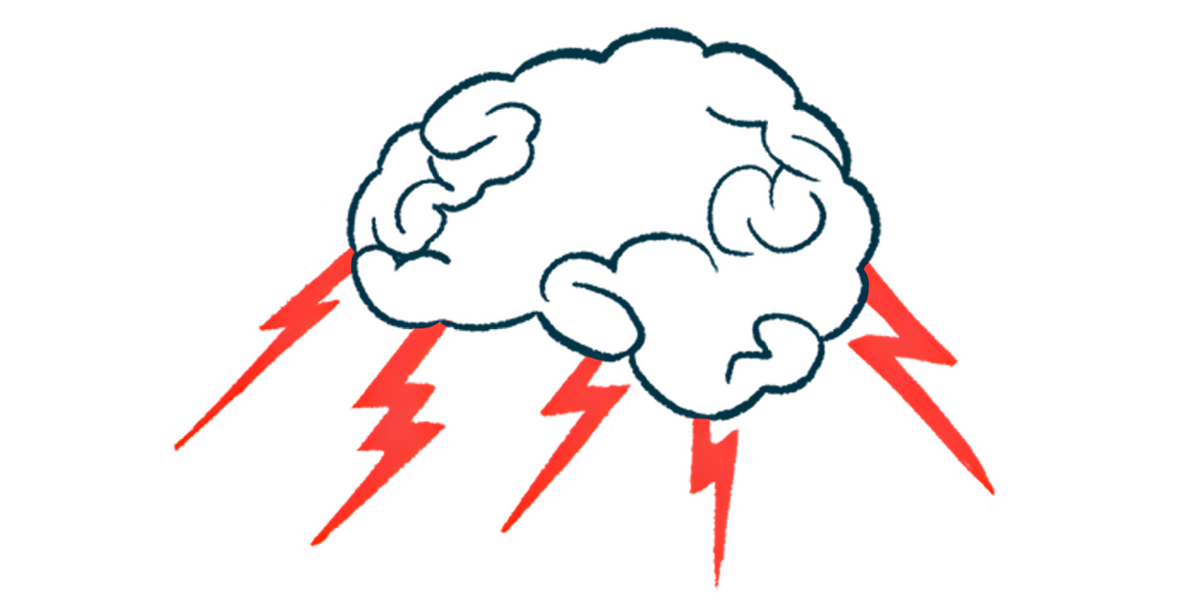Lasting relief of Parkinson’s motor symptoms found with DBS
Benefits from surgery still seen at 5 years, new US study shows

Deep brain stimulation (DBS) can provide lasting relief from motor symptoms and help people with Parkinson’s disease function better day to day over time, while reducing the need for medication, according to a study led by University of Florida (UF) Health.
The new study showed that improvements in motor scores among patients following the surgical procedure — in which thin electrodes are implanted into the brain — were still seen after five years.
According to the researchers, these findings demonstrate the long-term benefits of DBS in people with Parkinson’s.
“For the first time, we can clearly see that the benefits of DBS, improvements in motor symptoms, reduced medication needs and better quality of life are sustained at five years,” Adolfo Ramirez-Zamora, MD, a neurology professor and division chief of movement disorders at the Norman Fixel Institute for Neurological Diseases at UF Health, said in a university press release.
Ramirez-Zamora said the results add to evidence that the therapy is “effective and safe.”
The study, “Five-Year Outcomes from Deep Brain Stimulation of the Subthalamic Nucleus for Parkinson Disease,” was published in the journal JAMA Neurology.
Parkinson’s, caused by the progressive death of neurons, or nerve cells, in the brain, is known mostly for its hallmark symptoms of tremor, stiffness, and slowness of movement.
With DBS, patients often experience improvements in these core motor symptoms, with benefits typically emerging within the first year after treatment.
During the procedure, neurosurgeons implant electrodes into specific brain regions, most commonly the subthalamic nucleus, which then deliver calibrated electrical pulses to regulate abnormal neural activity. These pulses can be adjusted over time to maintain effectiveness. However, while DBS can offer substantial and lasting relief, its benefits may gradually decline as the disease progresses.
At 5 years, 36% improvement in motor function seen
It’s been unclear, the researchers noted, how long the benefits of DBS last and how safe the treatment is over time. To learn more, the UF-led team designed a clinical trial, dubbed INTREPID (NCT01839396), that studied the long-term effects of subthalamic DBS in people with Parkinson’s.
“This is one of the very few randomized, prospective trials of deep brain stimulation with long-term follow-up,” Ramirez-Zamora said.
Participants had moderate to advanced disease with more than five years of motor symptoms and difficulties with daily function despite medication.
The study enrolled 313 participants, including 191 who received DBS implants. The patients were divided into two groups: one began stimulation right away, while the other had their devices turned off for the first three months. All participants later received active stimulation and were tracked for five years. In the end, 137 patients, with an average age of 60, completed the study.
Motor function without medication improved significantly after DBS. Before treatment, the average motor score as measured by the Unified Parkinson’s Disease Rating Scale III (UPDRS-III) was 42.8. This dropped to 21.1 after one year, showing a 51% improvement. At five years, the score was 27.6, still reflecting a 36% improvement compared with baseline, the data showed. While some decline appeared over time, probably due to disease progression, the benefits remained strong, the researchers noted.
Activities of daily living without medication, as measured by UPDRS-II, also improved significantly. The average score before treatment was 20.6. At one year, this fell to 12.4, a 41% improvement. By year five, the score was 16.4, which still represented a 22% improvement. These results suggest that DBS continued to help patients manage daily tasks despite the progressive course of Parkinson’s, according to the team
Another major finding was the reduction of dyskinesia, the involuntary movements often caused by long-term medication use. Average dyskinesia scores dropped by 75% after one year, and 70% after five years. This shows that DBS effectively suppressed troublesome movements over time, per the scientists.
No deaths among Parkinson’s patients tied to DBS
Medication use also declined. Patients reduced their levodopa equivalent dose by 28% in the first year, and this lower level was maintained through the fifth year, the data showed. This stable reduction indicates that DBS not only lessened motor symptoms but also reduced the need for high doses of medication, helping to limit side effects, the researchers noted.
DBS used to be seen as a last resort, but we now know it provides the most sustained benefit when offered in the moderate stages of Parkinson’s disease, when motor complications are the main source of disability.
Safety was carefully monitored. The most common serious adverse event was infection, affecting nine participants. There were 10 deaths during the study, but none were linked to DBS.
Overall, according to the scientists, the results demonstrate that subthalamic stimulation provides sustained benefits for motor function, daily living, and dyskinesia while reducing medication use. Despite some decline over time, DBS remained an effective long-term therapy for Parkinson’s, the team concluded.
“DBS used to be seen as a last resort, but we now know it provides the most sustained benefit when offered in the moderate stages of Parkinson’s disease, when motor complications are the main source of disability,” Ramirez-Zamora said.







